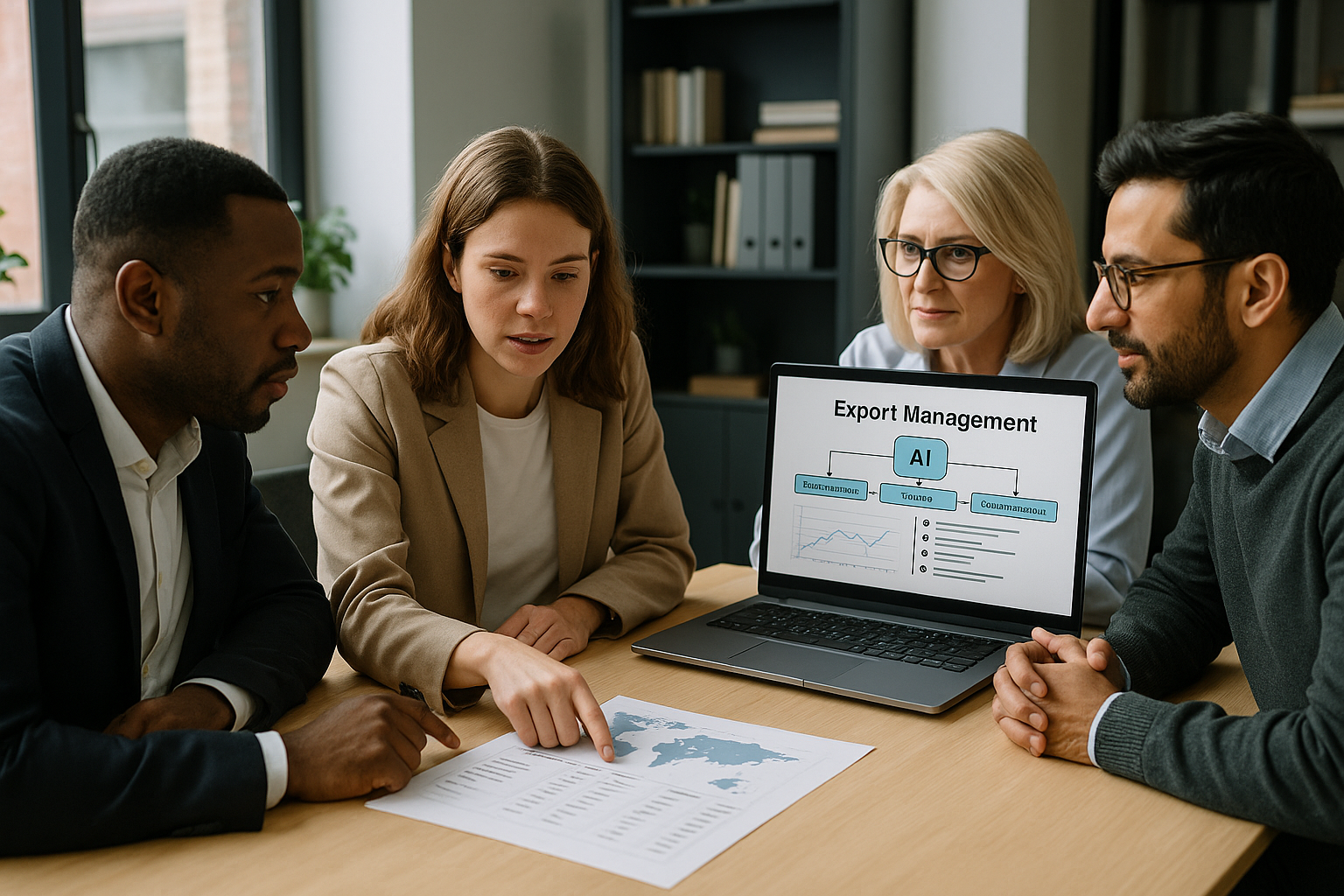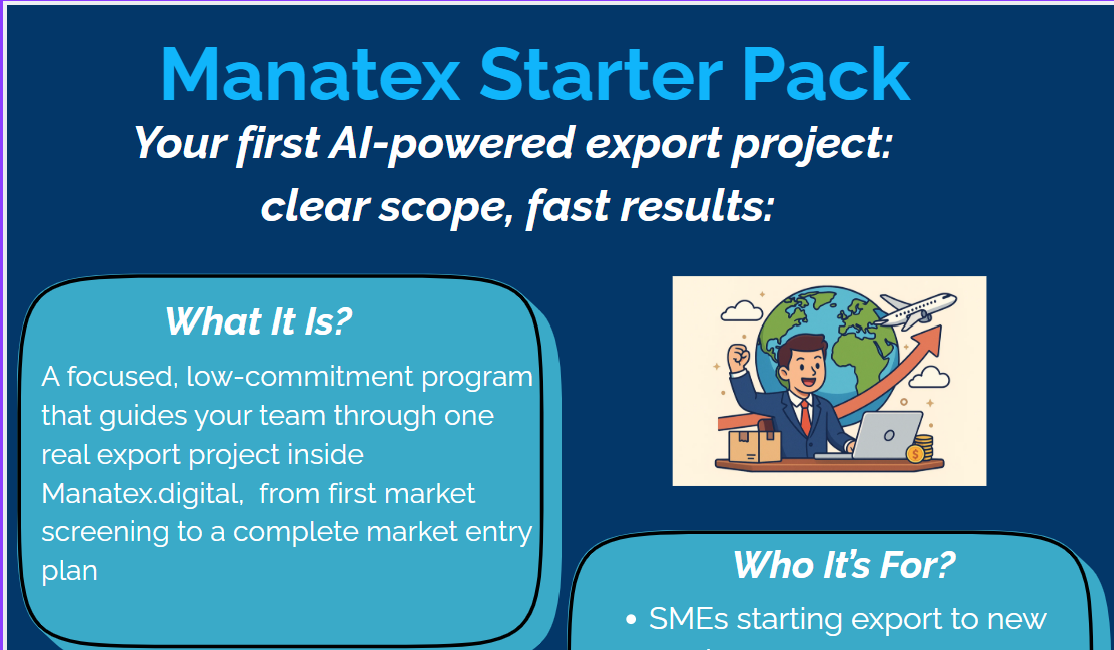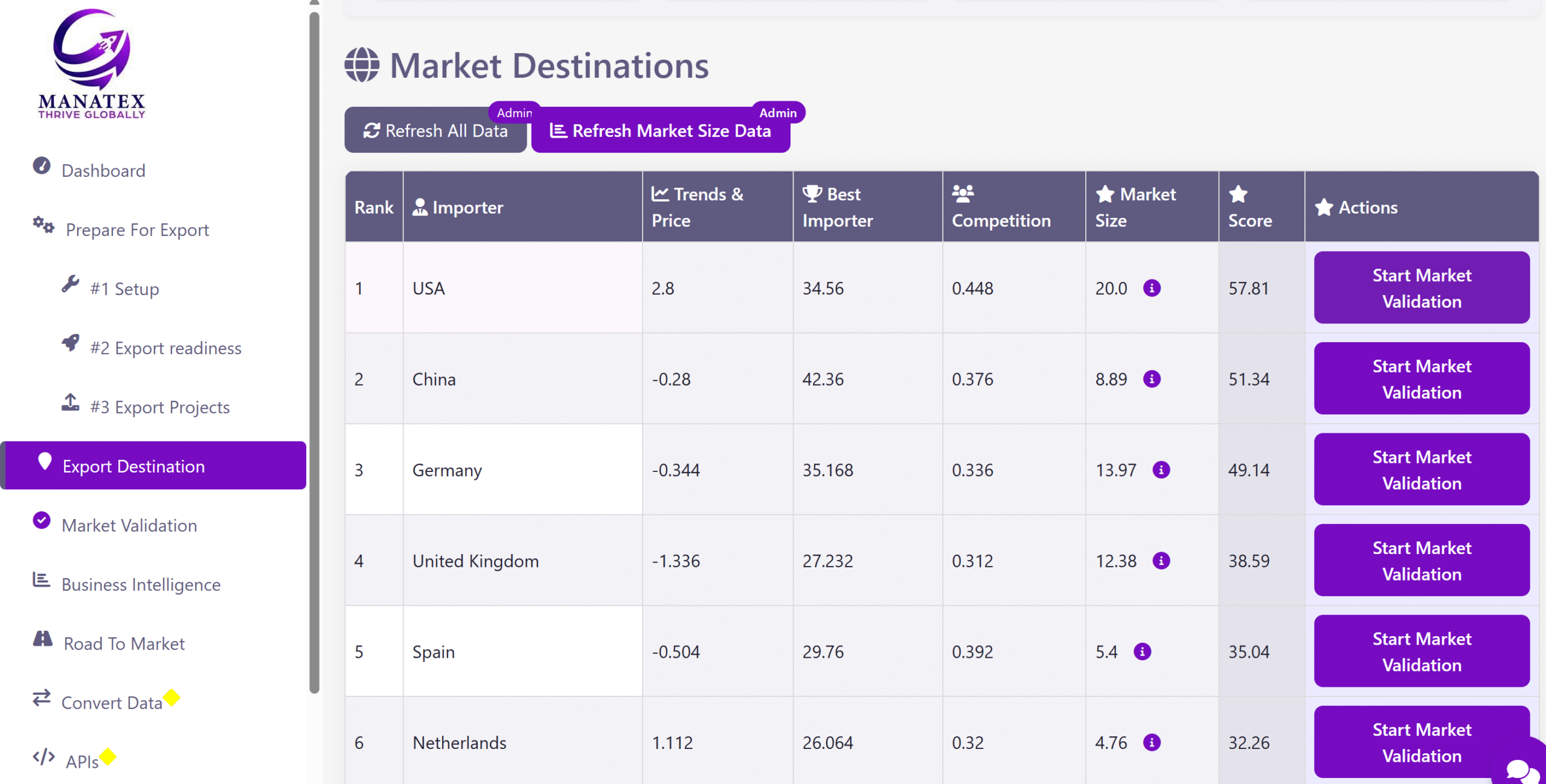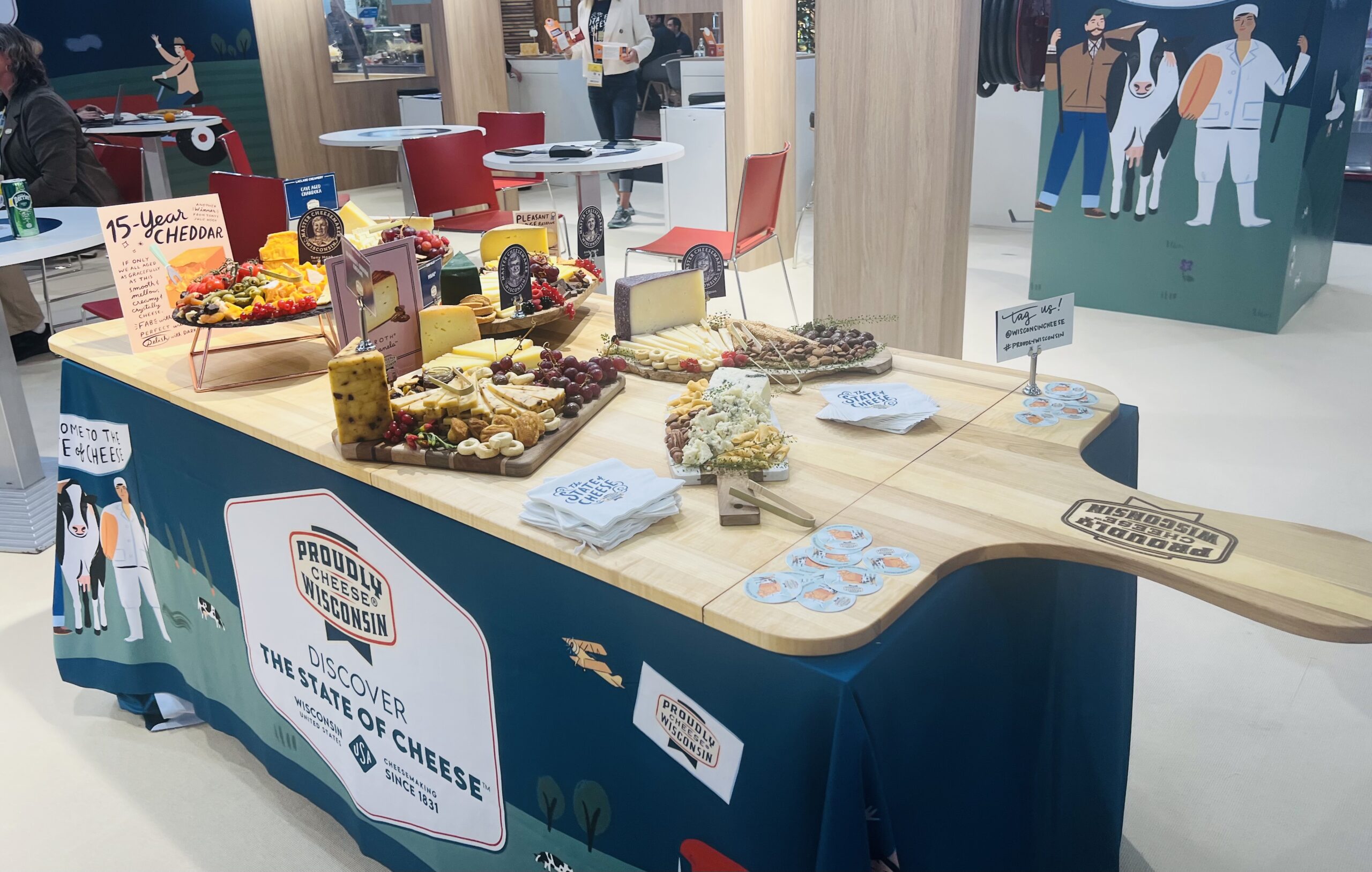In 2025, internationalization is no longer just about seizing opportunities, it’s about surviving shocks. While global trade grew by nearly US$300 billion in the first half of the year, the real story for exporters lies beneath the surface. Tariffs, subsidies, and sudden customs changes are now constant threats, not occasional disruptions. For SMEs engaged in international trade, these shifting dynamics can wipe out profit margins, delay shipments, or derail market expansion plans. Unlike large corporations, SMEs often lack the in-house legal, compliance, or logistics teams needed to adapt quickly. Building resilience into the export process is now a core requirement, not a luxury.
From Fire Drill to Tariff Command Center
Traditionally, SMEs respond to tariffs as fire drills — scrambling for consultants, setting up temporary spreadsheets, and improvising pricing changes. This reactive approach no longer works.
A more effective model is the Tariff Command Center, a cross-functional unit recommended by BCG. Instead of waiting for shocks, SMEs need a standing capability to anticipate and respond strategically.
Core capabilities include:
- Exposure Analysis — mapping tariff risk across every SKU and market
- Competitor Intelligence — monitoring how rivals absorb or pass on tariff costs
- Commercial Response — adjusting pricing, product design, or contract terms
- Network Redesign — evaluating new sourcing or production footprints
Quick wins are within reach. SMEs can benefit by auditing HS codes for reclassification opportunities, rechecking eligibility under free trade agreements (FTAs) and rules of origin, applying the “first sale” rule in transfer pricing, or piloting dynamic pricing models. These actions, once ad hoc, should now become ongoing practice.
Customs: From Administrative Drag to Strategic Lever
Customs is often treated as an administrative burden, yet research by BCG shows it is a hidden margin lever.
Consider the impact:
• 20–40% of clearance delays stem from preventable errors
• Average delays of two to three days translate into missed sales windows
• Detention and demurrage fees can cost thousands per shipment
• Retroactive audits may expose firms to six- or seven-figure liabilities
Turning customs into a value driver means focusing on five levers:
- Precise HS classification to eliminate errors and avoid overpayments
- FTA and ROO optimization to maximize preferential access
- Digital audit trails that reduce exposure in compliance reviews
- Customs-aware sourcing and design — e.g., adjusting packaging to lower duties
- Predictive compliance tools that flag risky SKUs or incomplete documentation
AI as the Equalizer for SMEs
Until recently, only large corporations had the resources to deploy advanced trade analytics. That barrier is collapsing.
Cloud-based platforms now provide tariff simulation and compliance checks at an affordable scale. Open-source language models can process customs codes, draft documentation, and even support multilingual operations. Most importantly, agentic AI systems can orchestrate end-to-end workflows — from exposure analysis to customs documentation — with humans reviewing only the exceptions.
McKinsey emphasizes the principle of ‘workflow, not agent’: AI should coordinate full business processes rather than just automate isolated steps. This shift allows SMEs to handle complexity at scale.
The World Bank adds that successful adoption depends on the 4Cs framework:
• Connectivity — reliable digital infrastructure and data exchange
• Compute — affordable cloud or shared processing resources
• Context — localized tools tailored to sector and language
• Competency — staff trained to use AI tools effectively
For SMEs, these four foundations are the bridge between aspiration and reality.
Action Checklist for SMEs:
- Set up a mini tariff desk — start small, scale as capabilities grow
- Audit HS codes and FTAs — misclassification often means lost margins
- Digitize customs workflows — every document should be logged and searchable
- Run quarterly tariff shock drills — simulate ‘what if’ scenarios before they happen
- Engage with AI-ready banks — McKinsey research shows that agentic AI improves KYC and AML processes, enabling SMEs to access trade finance faster
Conclusion
Tariffs and customs rules are no longer back-office matters. They are strategic levers that determine competitiveness in volatile markets. SMEs that remain reactive will see their margins erode and their global opportunities shrink.
By contrast, those that adopt a Tariff Command Center mindset, treat customs as a profit lever, and use AI as an equalizer can transform volatility into a competitive advantage.
In the next article of this series, we’ll explore how Trade Promotion Agencies (TPAs) can provide the ecosystem foundations SMEs need to compete globally.




